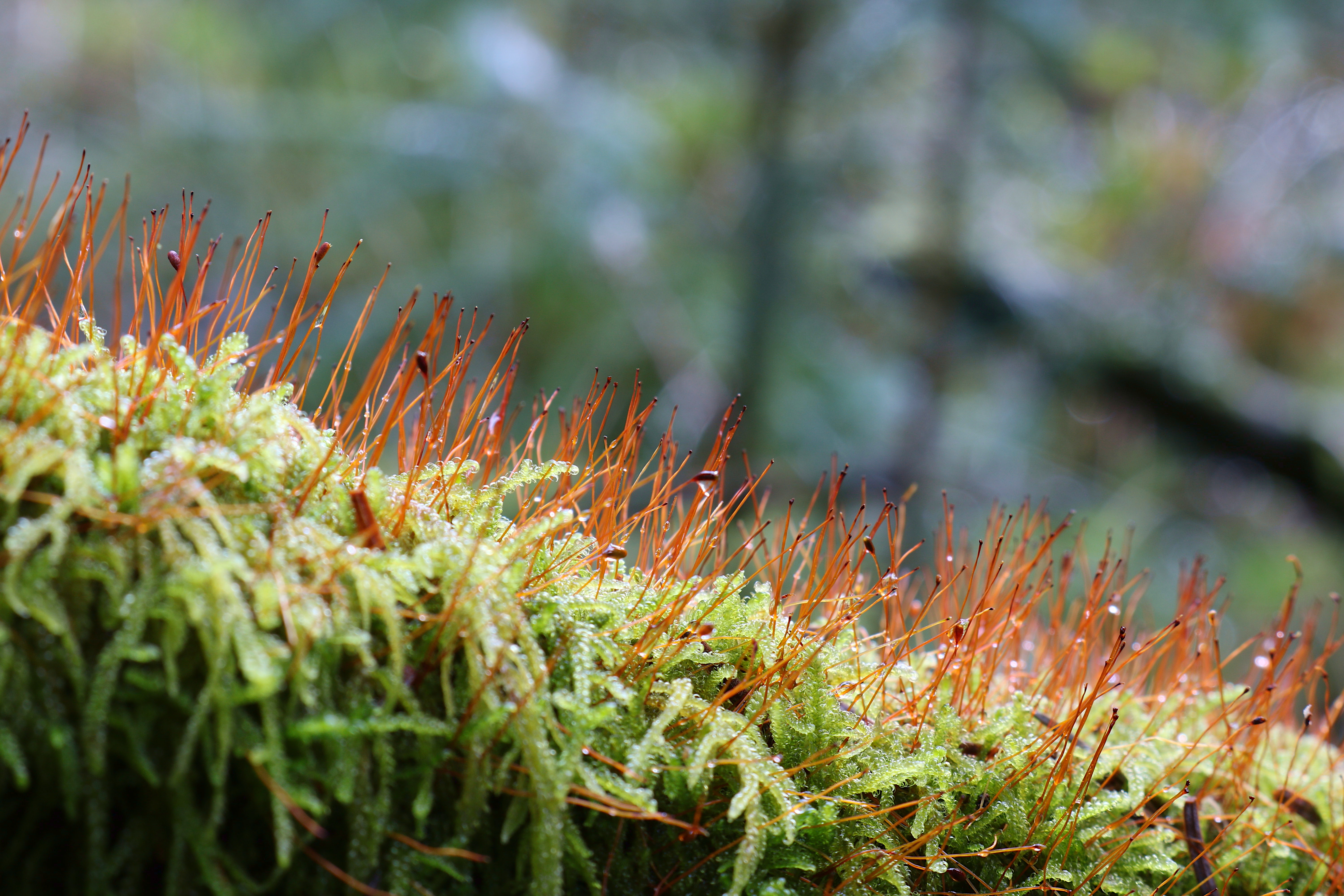Indian bay leaf tree
(Phoebe indica)

Description
Phoebe indica is a species of tree belonging to the Lauraceae family, commonly known as the Indian bay leaf tree or the Indian cassia. It is native to India and the Himalayan region, and is widely distributed in tropical and subtropical Asia. Taxonomy and nomenclature: Phoebe indica was first described by the French botanist Adrien René Franchet in 1888. The genus name Phoebe is derived from the Greek word Phoibos, meaning "bright" or "shining", while the species name indica refers to its origin in India. Description: Phoebe indica is a medium-sized evergreen tree, growing up to a height of 15-20 meters, with a trunk diameter of 50-60 cm. The bark of the tree is smooth and greyish-brown in color, with numerous lenticels. The leaves are alternate, oblong-lanceolate or elliptic, and are 10-20 cm long and 3-6 cm wide. The leaves are dark green and glossy on the upper surface, while the lower surface is pale green and slightly hairy. The leaves are aromatic, with a spicy fragrance similar to that of bay leaves. The flowers of Phoebe indica are small, yellowish-green in color, and are borne in panicles at the end of the branches. The fruits are ovoid or ellipsoid, and are 1.5-2.5 cm long and 1-1.5 cm wide. The fruits are initially green, turning red when ripe. The seeds are small, dark brown in color, and are enclosed in a fleshy, aromatic pericarp. Distribution and habitat: Phoebe indica is native to India and the Himalayan region, and is widely distributed in tropical and subtropical Asia. It is commonly found in the deciduous and evergreen forests of the Western Ghats, the Eastern Ghats, and the Himalayan foothills. It grows in a variety of soils, including clayey, sandy, and loamy soils, and prefers well-drained soils with a pH range of 5.5-8.0. Uses: Phoebe indica is widely used in traditional medicine for its various medicinal properties. The leaves, bark, and fruits of the tree are used to treat a range of ailments, including fever, cough, cold, asthma, diarrhea, dysentery, and rheumatism. The leaves of the tree are also used as a flavoring agent in cooking, particularly in Indian cuisine. The aromatic leaves are added to curries, biryanis, and other dishes to enhance their flavor and aroma. In addition to its medicinal and culinary uses, Phoebe indica is also used in the perfume industry. The leaves and bark of the tree contain essential oils, which are used to produce fragrances. The wood of the tree is also used in furniture making and for construction purposes. Conservation status: Phoebe indica is classified as a species of least concern by the International Union for Conservation of Nature (IUCN). However, like many other tree species, it is threatened by habitat loss and overexploitation. The tree is being harvested for its wood, and its habitat is being destroyed due to deforestation and land-use changes. Conclusion: Phoebe indica is a valuable tree species with a range of uses in traditional medicine, cooking, and perfumery. It is also an important component of forest ecosystems, providing habitat and food for a variety of wildlife species. Efforts should be made to conserve this species and its habitat, and to promote sustainable use of its resources.
Taxonomic tree:







